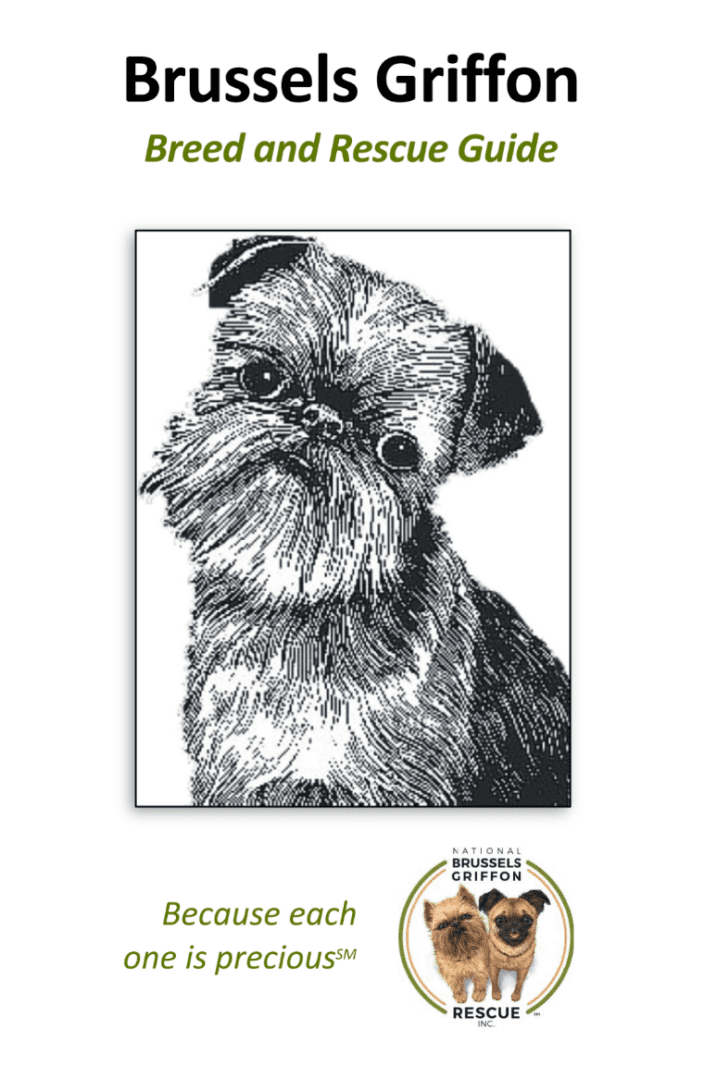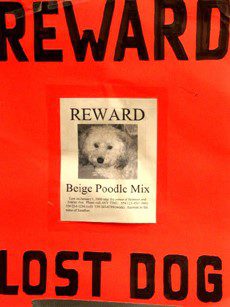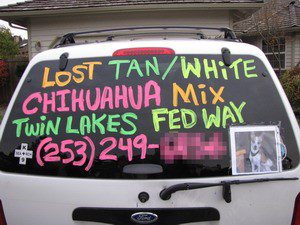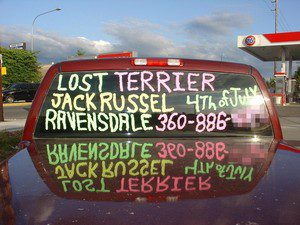Protecting Pets From Predators
When exercising your dog, always use a leash, ideally in areas with high pedestrian traffic. Never allow cats or dogs to run free anytime, as they are easy prey for coyotes, hawks, owls, or eagles.
This is increasingly likely when we are experiencing very dry weather. Arid conditions tend to draw predators into our communities in search of food or water. When our once-safe back yard is no longer off-limits to predators, we need to take action to make our pets safe.
Keep small pets indoors or within enclosed kennels if outdoors.
Check your fencing. Can you add any height? If it fits your budget, consider Coyote Rollers, http://www.coyoteroller.com/.
Purchase some bird netting from Home Depot, and install it over the dog area. If the area is large, try to stop the bird from having a path to land and take off. Do not underestimate the power of a hawk. They can easily pick up your 15-pound dog. They may not get far, but they will get far enough to seriously injure them with their talons before they drop them.
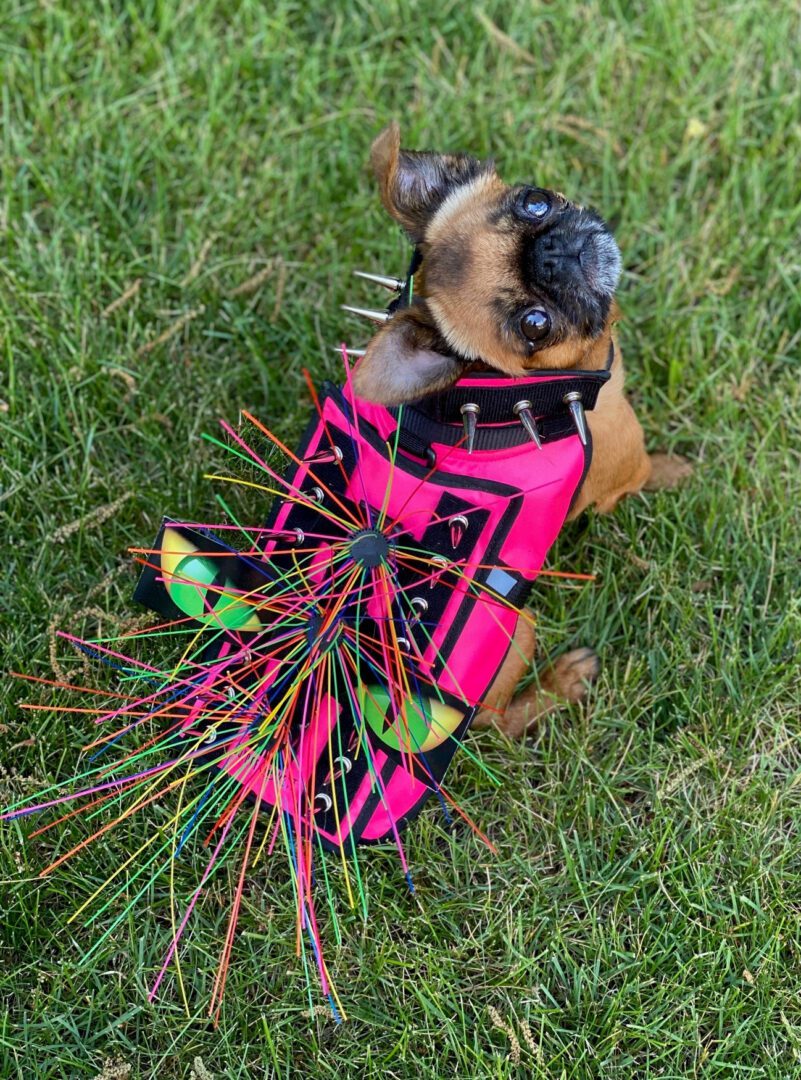
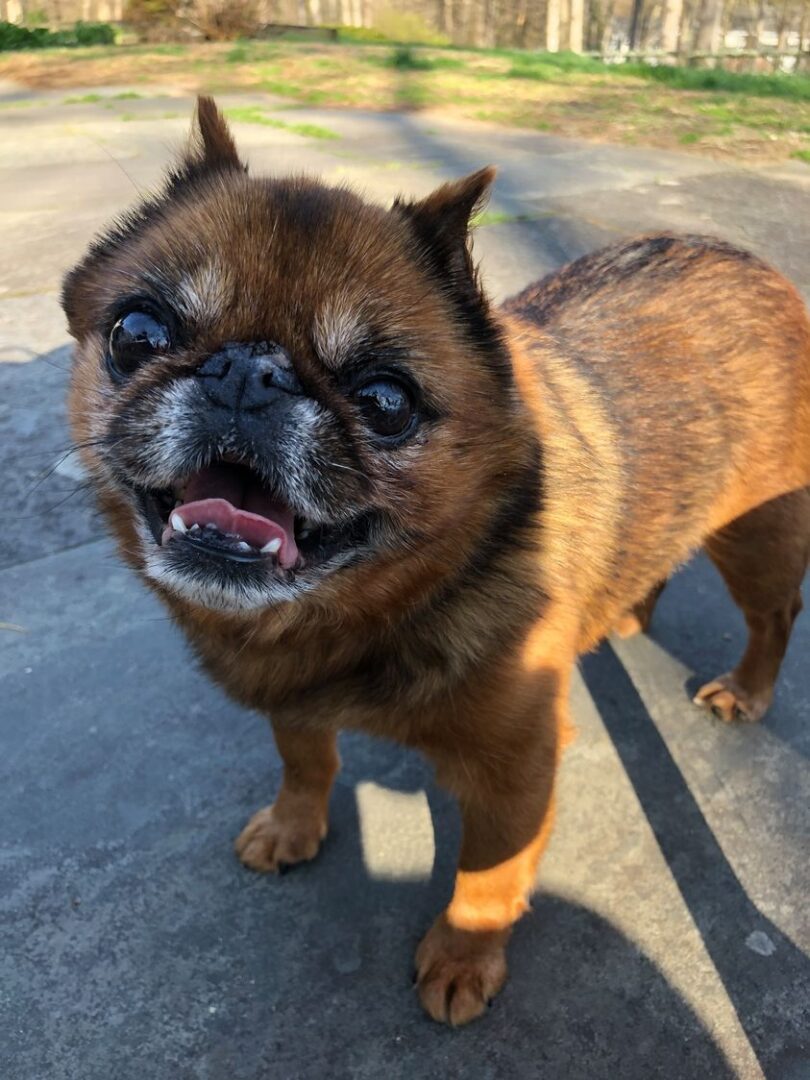
Discouraging predators
While coyote and bobcat sightings may be infrequent, the presence of these animals is not. They prefer to hunt from dusk overnight to dawn, and -- unless we do things that make them comfortable being around us -- they prefer to avoid humans.
For our welfare and the feral animals' welfare, it is best that they not cohabit our space. These techniques have proved very effective in eliminating coyote and bobcat sightings in residential neighborhoods:
Lost Pets Action Plan
When your dog is missing, time is of the essence
Start searching immediately
While you are searching
Walk the shelters
Contact these operations
Keep a list
For the most effective posters
Making fliers
Distribute fliers to / at
Use public media
LOST PET SERVICES, FREE
Lost pet services, fee-based
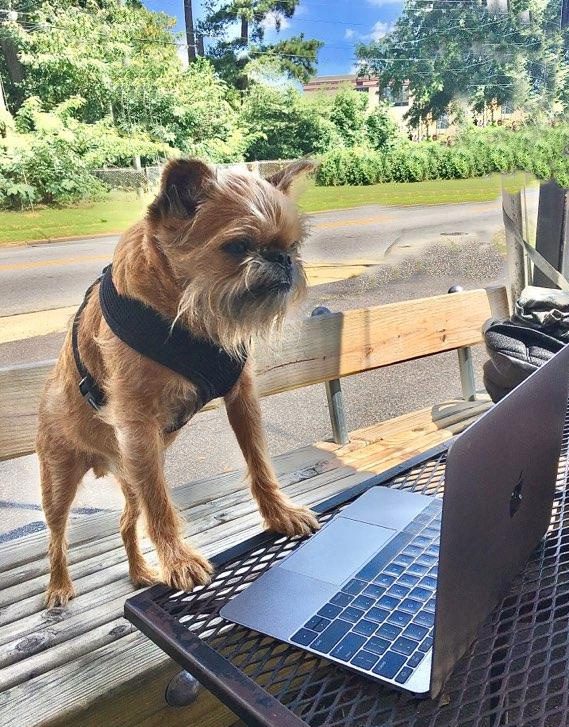
Special Warning for Vacationers
A Griff without his or her family is like a fish out of water. They may seem fine, then slip out of a house or yard searching for their owner or their home and become lost or get injured. Please impress the need for super-vigilance upon your pet sitter or caregiver when you go on vacation.
After you get your pet back home
Most of the information above was gathered from the links below. You can review them for more information.
